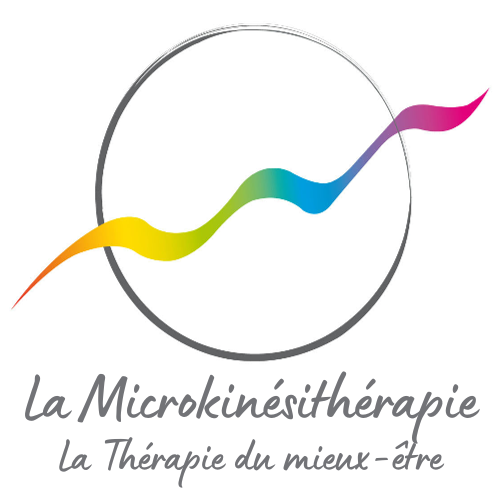The study is based on traumatic lesions that are easy to find, to correct and also to reproduce experimentally, which greatly favors the learning of the technique. The damage is concentrated mainly in the muscles, which are classified according to their embryological origins and studied with their articular, dermal or visceral manifestations. The lesions inscribed in the nervous circuits are then approached with similar corrections. Infectious, toxic or obstructive aggression is studied during improvements with toxin-induced and emotional lesions, as well as produced, existential or relational lesions. A very large chapter is devoted to etiologies written at the field level.
Level 1: Basic training
Courses A, B and C over 6 days or 45 hours (half theory, half practice) divided into 3 x 2 days or 2 x 3 days. Each of the 3 courses is followed by a day of practice.
Contents:
- A : spine muscles
- B : control of peripheral muscles with visceral matching
- C : control of the nervous system
A Practical Application Session closes this level:
- SAP/A : Draws from theory from courses A, B and C according to a treatment plan with practice of care on patient.
Participants can request to receive the Level 1 Certificate of Proficiency.
Level 2: Improvement
Courses NP1, NP2, NP3, conducted over 6 days divided into 3 x 2 days, complete the training.
Each of the 3 courses is followed by a day of practice.
Contents :
- NP1 : control of infectious, toxic, traumatic, obstructive, vibratory and emotional etiologies according to their phylogenetic level of inscription.
- NP2 : Existential and relational lesions – Individuality
- NP3 : The field
A Practical Application Session closes the level:
- SAP/B : Draws from courses NP1, NP2 and NP3. Participants can request to receive the Level 2 Certificate of Proficiency.
The ACDM requests that its members who wish to appear on the list of microkinesitherapy practitioners first obtain the level 2 competency certificate.
Niveau 3 : Extensions
E1, E2 and E3 courses of 2 days each, followed by a day of practice.
Contents:
- E1 : Control of initial and complementary negentropy at the transpersonal and intrapersonal levels.
- E2 : Complementary negentropy at the individual level (the 9 classes). Initial and complementary entropy.
- E3 : Low protection mechanisms by force displacement in negentropy and entropy, high protections, intracellular lesions. Behavioral protections.
Practice days:
Organized at the local level by teachers who share their know-how and integrate theory into a practice of care. They are between courses A, B and C, NP1, NP2 and NP3, E1, E2, and E3.
Other courses:
SACEP
Deepening, Understanding, Exchange, and Practice Course – 1 or 2 days.
Working days
Days of work, revision, days for alumni: training summaries, synthesis or analysis.
The SACEP program and the working days are defined during each training session.
Research Days: E4
These days are reserved for trainees who have completed all 3 levels of training.
- Course E4, presented by Daniel Grosjean for 2 days:
The materials created as a result of these research days do not replace or render void the materials presented in levels 1, 2 and 3 as taught today, but present approaches that require new gestures to reach new etiologies while respecting the fundamentals of Microkinesitherapy – similarity with the etiology and the infinitesimal character of the correction. These courses are called E4 since they are the continuation of E1, E2 and E3.
E4-C1 : Innate lesions, acquired or added, endemic in the bodily and intracellular planes.
E4-C2 : Foreign programs, unknown (xenotic) at the body level and intracellular with the tertiary egg allowing corrections in adaptation.
E4-C3 : Additional protections in structuring on the endemic levels of the E4-C1 or on the adaptive levels of the E4-C2.
E4-C4 : The microbiota and the macrobiota: control and correction. The 4 extra-embryonic matrices in the external and internal planes. Repair defects, scarring in endemic or adaptive planes.
